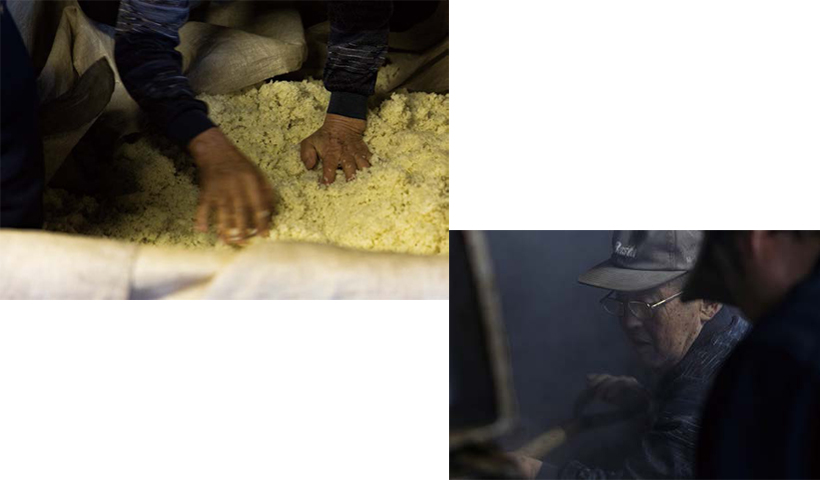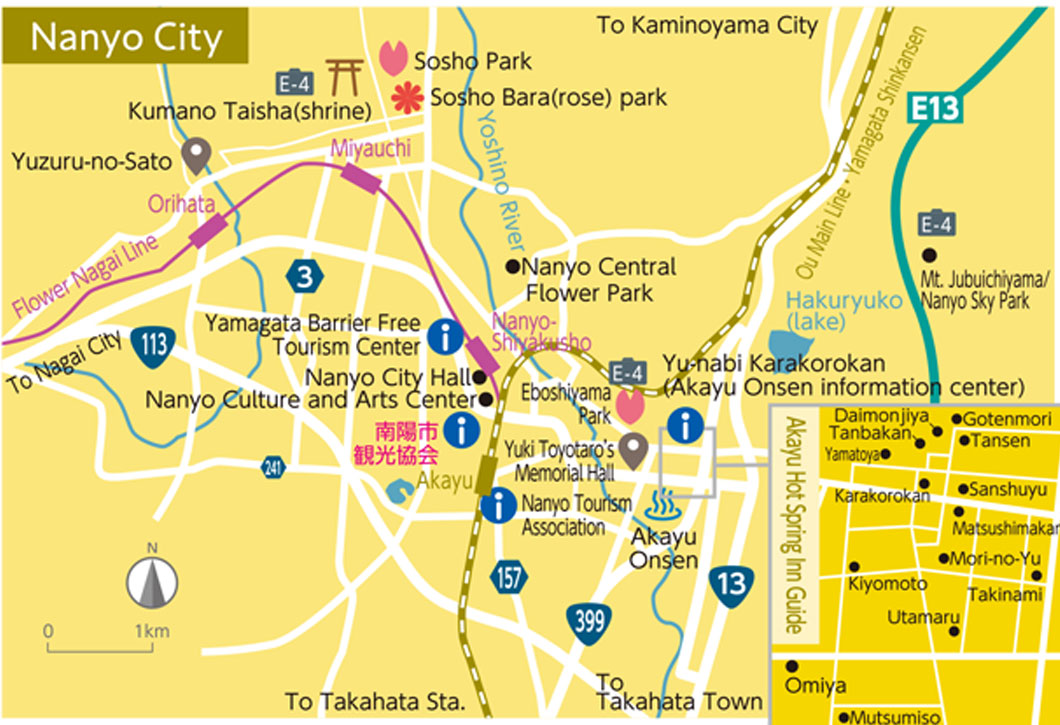
Carved into the Land
The History of Fermentation
The People’s Memories
The Basis of Japanese Food,
Tracing the Origin of Fermentation
As Japan’s traditional food culture, “Japanese food” is registered as a UNESCO Intangible Cultural Heritage. Rather than the food itself, the registration was evaluated for the “practice” related to the “food” based on the temperament of Japanese people who respect nature. In Japan, made up of the expressive nature of the sea, mountains, and villages, various ingredients rooted in each region are used. Cooking techniques and tools that bring out the taste are also developed.
“Fermentation”, which enhances the preservation of ingredients and enhances the taste and nutritional value, is especially important.
The basis of the taste of Japanese food is made with seasonings such as miso, soy sauce, sake, mirin, and vinegar. In addition, natto, pickles, tofu, etc. are standard Japanese foods, all of which are fermented foods. Fermentation techniques are believed to have existed since prehistoric times, but the oldest record in Japan is salt melon from the Nara period. In the Heian period, various pickles such as vinegar pickles and kasuzuke pickles were made, and there are records of koji, which is the source of fermentation, being sold. It is said that the history of “Hishio”, which refers to salted products or seasonings made into a paste by salting, goes back to BCE, and the technique of making “jiàng” in China was introduced in the Asuka period. If the main ingredient to the hishio (醤) is meat then it is called shishibishio (肉醤). If it is fish, then it called uobishio (魚醤). Fruits, vegetables, and sea weed make kusabishio (草醤). And, hishio derived from grains make kokubishio (穀醤). The origin of miso is thought to be “misho”, which is a creation of hishio. The current soy sauce is the liquid form of miso.

Taste and Memory
Nurtured by Climate
Until about 60 years ago, in the Nakatsugawa district of Iide Town, each household’s handmade miso was put in a cloth bag, hung up, and the juice that dripped from the bag was called “sumashi” and used as soy sauce. At that time, soy sauce was a valuable item, and miso, which prevents the spoilage of pickled ingredients and enhances nutritional value and umami, was also an important preparation for winter. So, “sumashi” was used in clear soup for special occasions such as New Year. In addition, there are still many households in the Okitama region that prepare miso not only with soybeans, but also with homemade Aomame (green beans) and Hidenmame (hiden beans). If you unravel the history of miso and soy sauce, you can see that various fermentation cultures have been cultivated from people using their wisdom and ingenuity in their daily lives.

Fermented Foods from Around the World and Japanese Koji
Globally, it is suggested that wine may have been produced in the Middle East 8,000 years ago, yogurt 7,000 years ago, cheese 7,000 years ago in Central Europe, and beer from Mesopotamia to Egypt 5,000 years ago. In Europe and the western world, most fermentation was done by simple brewing with yeast, while in East Asia, mold is brewed in a complex manner with lactic acid bacteria and yeast. Especially in Japan, Japanese koji-mold, a microorganism unique to Japan, plays a large role.
When making miso and soy sauce, steamed rice is sprinkled with koji and fermented in a koji room for about 50 to 60 hours. Koji produces vitamins and enzymes in the process. The enzymes break down starches and proteins to produce umami, sweetness, and rich ingredients such as amino acids and oligosaccharides. Since oligosaccharides act on good bacteria in the intestine, it is generally known that drinking amazake or the like improves intestinal health and activates immune cells. While koji mold creates a soft sweetness that is to Japanese people’s liking, it is easy for germs to take hold. The temperature and humidity must be controlled. The brewers of miso and soy sauce have paid close attention to any changes in the state of koji, and have acquired and enhanced the technology to improve the spread of koji on each grain of rice via trial and error.
Fermentation is a gift of wisdom created by invisible microorganisms and humans over thousands of years. Tables of various fermented foods is like a miracle gift that transcends time and space. Once again, I would like to turn our attention to the fermentation culture and take joy in the happiness of being able to choose miso and soy sauce brewed in the area.






